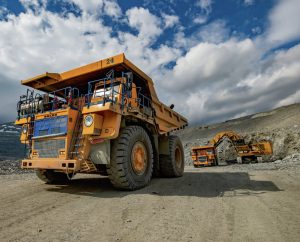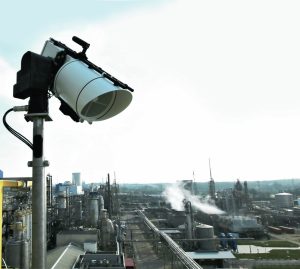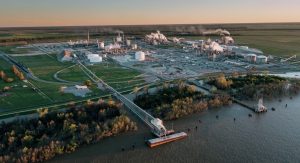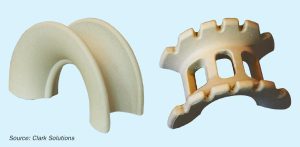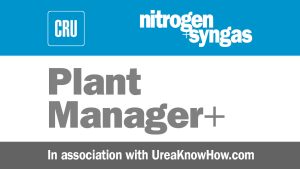
Problem No. 64: Reasons and solutions for leak detection system choking
A proper leak detection system for loose liners of high-pressure urea equipment is the number one safeguard for any urea plant, as has been proven by detailed safety studies and incidents investigations. However, leak detection systems easily choke especially when urea is present in the leaking solution. When no urea is present, the ammonium carbamate will dissociate above 60°C when flashing to atmospheric pressure in the leak detection system. But, when urea is present, it can solidify and at higher temperatures polymerise into biuret and triuret, which have even higher crystallisation temperatures. An early and reliable leak detection system is therefore very important. UreaKnowHow.com has developed such a system: the state-of-the-art AMMO LASER Leak Detection System.

